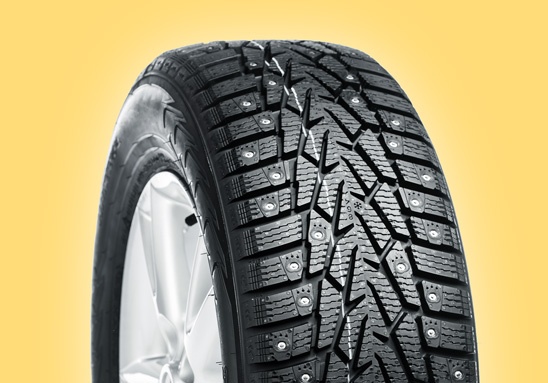17mm oil drain plug
Understanding the Importance of the 17mm Oil Drain Plug
In the world of automotive maintenance, the oil drain plug plays a crucial role, particularly for those who regularly perform oil changes on their vehicles. One size that deserves specific attention is the 17mm oil drain plug, which is commonly used in many vehicles and is integral to ensuring a vehicle's longevity and performance.
What is an Oil Drain Plug?
The oil drain plug is a small, yet vital component located at the bottom of the oil pan. Its primary function is to allow for the easy removal of engine oil during an oil change. This simple screw-like apparatus has threads that fit the oil pan’s corresponding hole, securely sealing the oil inside the engine and preventing leaks. The 17mm size refers to the width of the hexagonal head, indicating the size of the wrench needed for unfastening it.
Why a 17mm Drain Plug?
The 17mm oil drain plug is not universally used in all vehicles; however, it is prevalent in many makes and models. The choice of a 17mm size is typically due to engineering standards that balance ease of use and effective sealing. This size allows for sufficient torque leverage, which is essential for tightening the plug adequately to prevent oil leaks while also facilitating easy removal during maintenance.
Maintenance Importance
Regularly changing your vehicle's oil is essential to maintaining engine health. Over time, engine oil breaks down, becoming less effective at lubricating and protecting engine components. Neglecting to change the oil can result in increased engine wear, overheating, and eventual engine failure. The oil drain plug, therefore, is more than just a fitting; it is a critical part of the maintenance process.
Using the correct size, such as the 17mm, ensures that you can properly secure the plug after changing the oil. Remember, if the oil drain plug is not tightened correctly, it might lead to leaks, which can harm the environment and lead to costly repairs.
17mm oil drain plug

How to Change Oil Using a 17mm Drain Plug
Changing the oil with a 17mm drain plug is straightforward and can be done with some basic tools and safety precautions. First, always ensure the vehicle is on a flat surface and that the engine is cool before starting the procedure. Gather your tools—a 17mm wrench or socket, an oil catch pan, a new oil filter, and fresh oil.
1. Locate the Drain Plug Usually found at the lowest point of the oil pan, using the 17mm wrench, carefully turn the plug counterclockwise to remove it. Be cautious as the oil may be warm and could spill out quickly.
2. Allow to Drain Let the oil drain completely into the catch pan. Be patient, as old oil can take several minutes to fully exit the engine.
3. Replace the Plug Once drained, clean the oil drain plug and the surrounding area before replacing it. Using the wrench, securely tighten the 17mm drain plug back into its place, ensuring it is snug but not overly tight to avoid stripping the threads.
4. Complete the Oil Change After replacing the filter and adding new oil, run the engine for a few minutes and then check for leaks around the drain plug.
Conclusion
The 17mm oil drain plug may seem like a small part of the vast machinery that is your vehicle, but its role is undeniably crucial in maintaining engine health. Understanding how to handle it during oil changes not only simplifies vehicle maintenance but also promotes the longevity and efficiency of your engine, ensuring a smoother ride for years to come. A little attention to this often-overlooked component can save you time, money, and headaches down the road.
-
Understanding the Front Main Engine Seal: Purpose, Maintenance, and Installation
News Jul.29,2025
-
Understanding O-Rings and Seal Rings: Types, Applications, and Custom Solutions
News Jul.29,2025
-
Understanding Crankshaft Oil Seals: Rear Seals, Pulley Seals, and Their Role in Engine Integrity
News Jul.29,2025
-
The Importance of Front and Rear Crankshaft Seals in Engine Performance and Oil Management
News Jul.29,2025
-
Crank Oil Seals: Functions, Types, and Cost Considerations in Engine Maintenance
News Jul.29,2025
-
A Comprehensive Guide to O-Rings and Seals: Types, Materials, and Global Applications
News Jul.29,2025
-
Mastering Diesel and Performance Engine Maintenance: A Guide to Critical Oil Gaskets
News Jul.28,2025
Products categories















